California Minimum Wage Increase to Impact Film and TV Production Budgets in 2026

California’s minimum wage rate will increase to $16.90 per hour from the current $16.50 per hour starting on January 1, 2026, based on the recently released minimum wage adjustment calculated by the state’s director of finance. This change applies to crews working on film, television, and streaming productions across California and should be factored into production budgets and payroll calculations.
Key Details
Starting January 1, 2026, California’s minimum wage rate will rise to $16.90 per hour, reflecting a 2.49 percent adjustment based on federal inflation data.
Production employers should begin planning for the updated minimum wage and remain aware that multiple municipalities in Los Angeles County (including West Hollywood, Santa Monica, and Pasadena) maintain higher minimum wage requirements.
On August 1, 2025, California Director of Finance Joe Stephenshaw released the calculated minimum wage adjustment for 2026, which raises the state minimum wage rate by $0.40 per hour, a 2.49 percent increase from the current rate.
While the increase is slightly less than the $0.50 increase from the prior year, it still represents a meaningful cost adjustment for film and television production companies. California’s minimum wage has more than doubled since 2014, when it was $8.00 per hour, and these changes affect payroll cost projections across all production tiers.
Under California Labor Code section 1182.12 (c), the director of finance must calculate an annual adjustment to the state’s minimum wage prior to August 1 of each year. The law—enacted after the state adopted a $15.00 minimum wage effective January 1, 2023—requires that the adjustment be the lower of 3.5 percent or the annual rate of change in the U.S. Consumer Price Index for Urban Wage Earners and Clerical Workers (U.S. CPI-W), which increased 2.49 percent from July 1, 2024, to June 30, 2025.
This 2026 increase follows the November 2024 rejection by California voters of a ballot proposition that would have raised the statewide minimum wage to $18.00 per hour by January 1, 2026. Opponents of that proposal argued that the increase would raise production costs for independent and lower budget productions filming in California, as well as result in job reductions.
The new 2026 rate will also result in an increase to the minimum salary threshold for exempt, white-collar employees under California wage law. The minimum salary will rise from $68,640 to $70,304 annually, which affects exempt payroll classifications for production staff such as production office coordinators and managers.
Next Steps
Film, TV, and streaming production employers in California should begin reviewing compensation to ensure that rates comply with the new 2026 minimum wage. They should also consider that certain municipalities within Los Angeles County already have higher minimum wage requirements that supersede the state rate. In addition, payroll professionals should anticipate continued annual increases based on inflation and incorporate these adjustments into production budgets and cash-flow planning.









